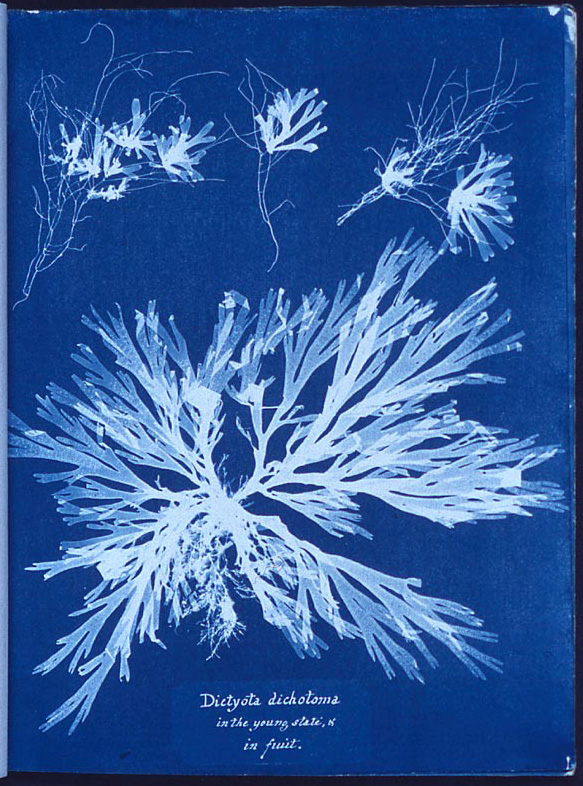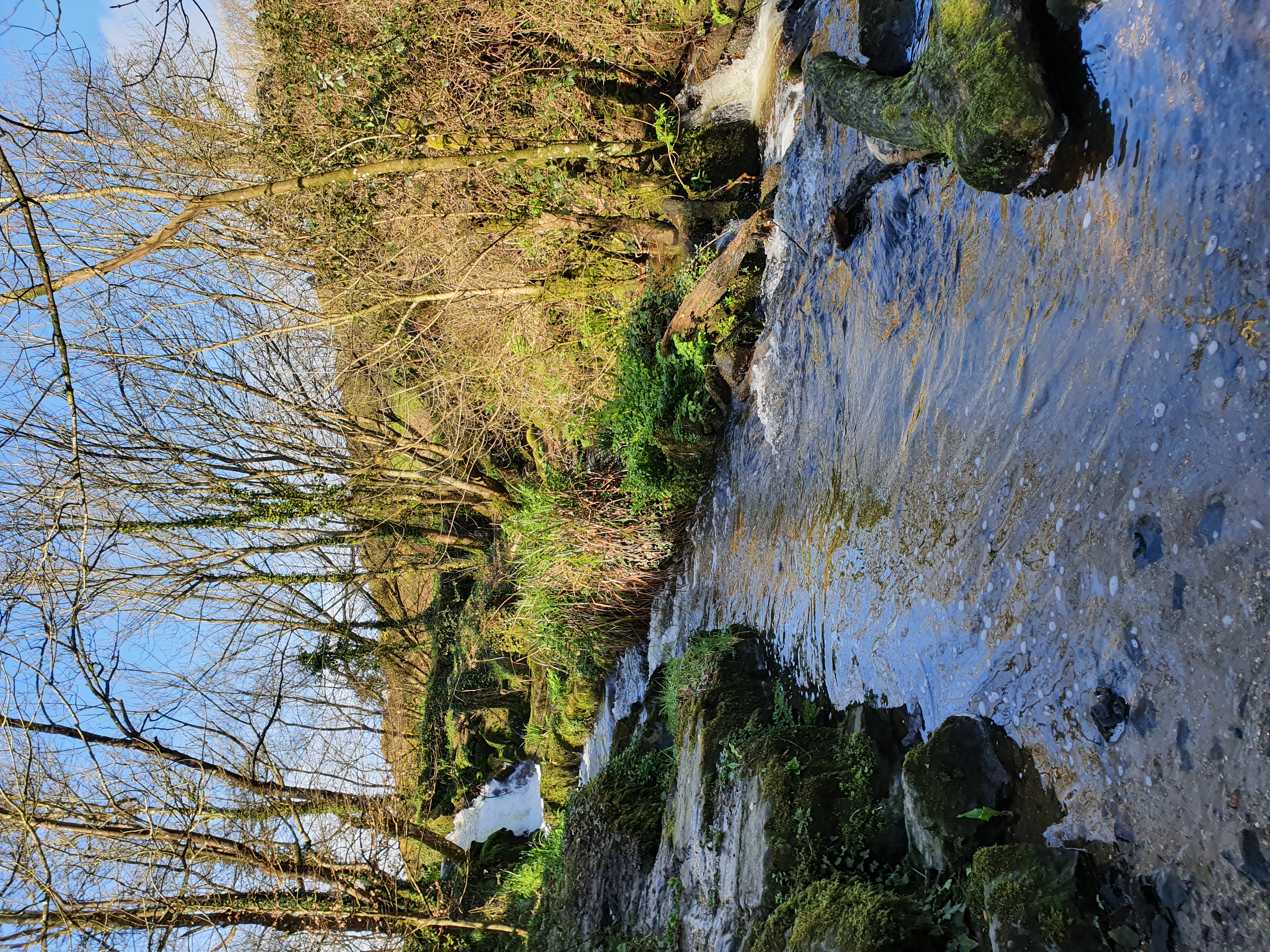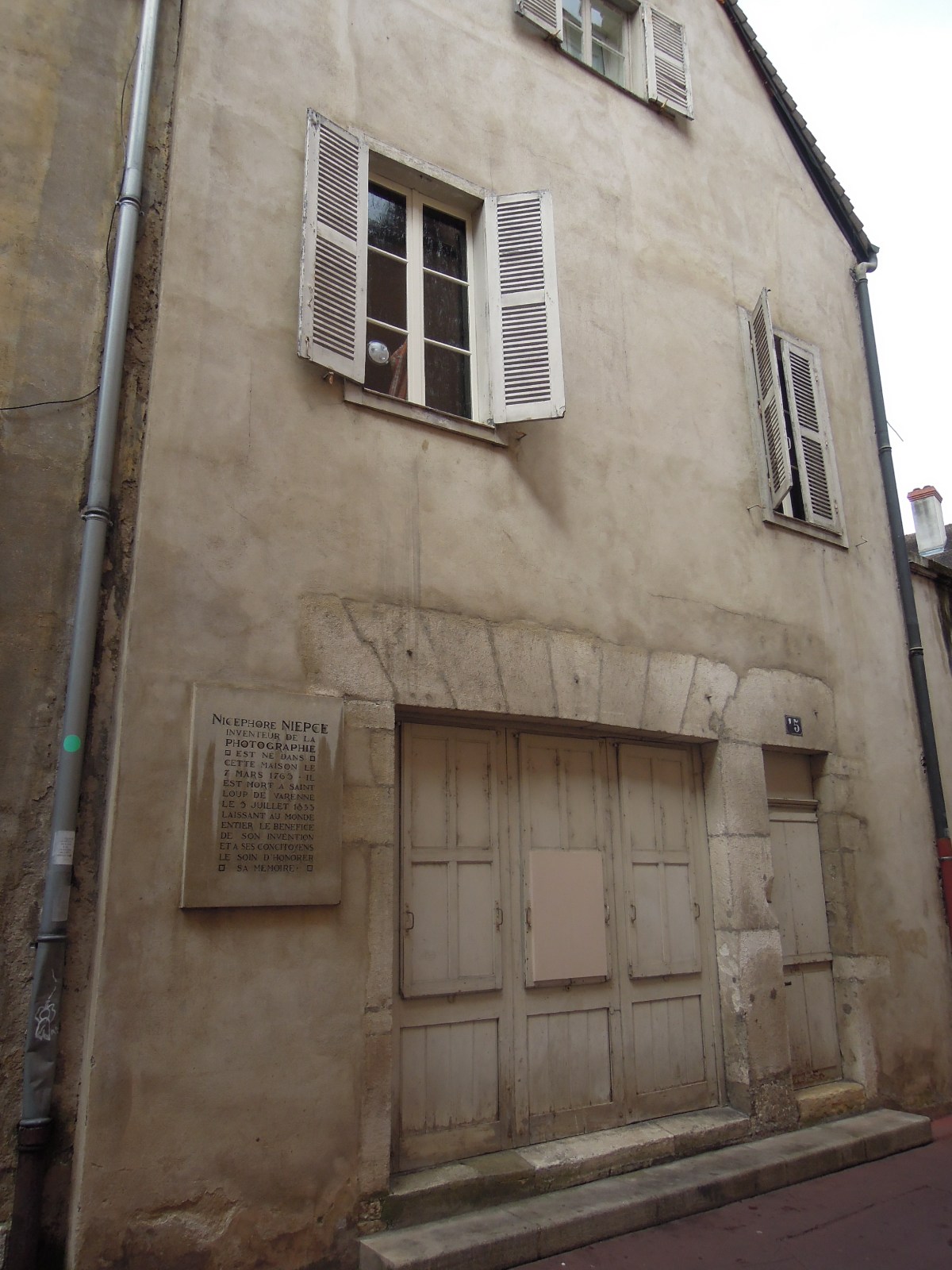|
Photogram
A photogram is a Photography, photographic image made without a camera by placing objects directly onto the surface of a light-sensitive material such as photographic paper and then exposing it to light. The usual result is a negative shadow image that shows variations in tone that depends upon the transparency of the objects used. Areas of the paper that have received no light appear white; those exposed for a shorter time or through transparent or semi-transparent objects appear grey, while fully-exposed areas are black in the final print. The technique is sometimes called cameraless photography. It was used by Man Ray in his #Man Ray's 'rayographs', rayographs. Other artists who have experimented with the technique include László Moholy-Nagy, Christian Schad (who called them "Schadographs"), Imogen Cunningham and Pablo Picasso. Variations of the technique have also been used for scientific purposes, in shadowgraph studies of flow in transparent media and in high-speed Schl ... [...More Info...] [...Related Items...] OR: [Wikipedia] [Google] [Baidu] |
Cyanotype
The cyanotype (from , and , ) is a slow-reacting, photographic printing formulation sensitive to a limited near-ultraviolet and blue light spectrum, the range 300 nm to 400 nm known as UVA radiation. It produces a monochrome, blue-coloured print on a range of supports, and is often used for art and reprography in the form of blueprints. For any purpose, the process usually uses two chemicals - ferric ammonium citrate or ferric ammonium oxalate, and potassium ferricyanide, and only water to develop and fix. Announced in 1842, it is still in use. History The cyanotype was discovered, and named thus, by Sir John Herschel, who in 1842 published his investigation of light on iron compounds, expecting that photochemical reactions would reveal, in a form visible to the human eye, the infrared extreme of the electromagnetic spectrum detected by his father William Herschel and the ultraviolet or " actinic" rays that had been discovered in 1801 by Johann Ritter. Tho ... [...More Info...] [...Related Items...] OR: [Wikipedia] [Google] [Baidu] |
László Moholy-Nagy
László Moholy-Nagy (; ; born László Weisz; July 20, 1895 – November 24, 1946) was a Kingdom of Hungary, Hungarian painter and photographer as well as a professor in the Bauhaus school. He was highly influenced by Constructivism (art), constructivism and a strong advocate of the integration of technology and industry into the arts. The art critic Peter Schjeldahl called him "relentlessly experimental" because of his pioneering work in painting, drawing, photography, collage, sculpture, film, theater, and writing. He also worked collaboratively with other artists, including his first wife Lucia Moholy, Walter Gropius, Marcel Breuer, and Herbert Bayer. His largest accomplishment may be the Institute of Design at the Illinois Institute of Technology, Institute of Design in Chicago, which survives today as part of the Illinois Institute of Technology, and art historian Elizabeth Siegel called "his overarching work of art". He also wrote books and articles advocating a utopian t ... [...More Info...] [...Related Items...] OR: [Wikipedia] [Google] [Baidu] |
Christian Schad
Christian Schad (21 August 189425 February 1982) was a German painter and photographer. He was associated with the Dada and the New Objectivity movements. Considered as a group, Schad's portraits form an extraordinary record of life in Vienna and Berlin in the years following World War I.CHRISTIAN SCHAD AND THE NEUE SACHLICHKEIT, March 14-June 9, 2003 . Life Schad was born in , |
Photography
Photography is the visual arts, art, application, and practice of creating images by recording light, either electronically by means of an image sensor, or chemically by means of a light-sensitive material such as photographic film. It is employed in many fields of science, manufacturing (e.g., photolithography), and business, as well as its more direct uses for art, film and video production, recreational purposes, hobby, and mass communication. A person who operates a camera to capture or take Photograph, photographs is called a photographer, while the captured image, also known as a photograph, is the result produced by the camera. Typically, a lens is used to focus (optics), focus the light reflected or emitted from objects into a real image on the light-sensitive surface inside a camera during a timed Exposure (photography), exposure. With an electronic image sensor, this produces an Charge-coupled device, electrical charge at each pixel, which is Image processing, electro ... [...More Info...] [...Related Items...] OR: [Wikipedia] [Google] [Baidu] |
Carl Wilhelm Scheele
Carl Wilhelm Scheele (, ; 9 December 1742 – 21 May 1786) was a Swedish Pomerania, German-Swedish pharmaceutical chemist. Scheele discovered oxygen (although Joseph Priestley published his findings first), and identified the elements molybdenum, tungsten, barium, nitrogen, and chlorine, among others. Scheele discovered organic acids Tartaric acid, tartaric, Oxalic acid, oxalic, Uric acid, uric, Lactic acid, lactic, and Citric acid, citric, as well as Hydrofluoric acid, hydrofluoric, Hydrocyanic acid, hydrocyanic, and Arsenic acid, arsenic acids. He preferred speaking German to Swedish his whole life, as German was commonly spoken among Swedish pharmacists.Fors, Hjalmar 2008. "Stepping through Science’s Door: C. W. Scheele, from Pharmacist's Apprentice to Man of Science". Ambix 55: 29–49 Biography Scheele was born in Stralsund, in western Pomerania, which at the time was a Dominions of Sweden, Swedish Dominion inside the Holy Roman Empire. Scheele's father, Joachim (or Jo ... [...More Info...] [...Related Items...] OR: [Wikipedia] [Google] [Baidu] |
Silver Chloride
Silver chloride is an inorganic chemical compound with the chemical formula Ag Cl. This white crystalline solid is well known for its low solubility in water and its sensitivity to light. Upon illumination or heating, silver chloride converts to silver (and chlorine), which is signaled by grey to black or purplish coloration in some samples. AgCl occurs naturally as the mineral chlorargyrite. It is produced by a metathesis reaction for use in photography and in pH meters as electrodes. Preparation Silver chloride is unusual in that, unlike most chloride salts, it has very low solubility. It is easily synthesized by metathesis: combining an aqueous solution of silver nitrate (which is soluble) with a soluble chloride salt, such as sodium chloride (which is used industrially as a method of producing AgCl), or cobalt(II) chloride. The silver chloride that forms will precipitate immediately. : : It can also be produced by the reaction of silver metal and aqua regia; howev ... [...More Info...] [...Related Items...] OR: [Wikipedia] [Google] [Baidu] |
Humphry Davy
Sir Humphry Davy, 1st Baronet (17 December 177829 May 1829) was a British chemist and inventor who invented the Davy lamp and a very early form of arc lamp. He is also remembered for isolating, by using electricity, several Chemical element, elements for the first time: potassium and sodium in 1807 and calcium, strontium, barium, magnesium and boron the following year, as well as for discovering the elemental nature of chlorine and iodine. Davy also studied the forces involved in these separations, inventing the new field of electrochemistry. Davy is also credited with discovering clathrate hydrates. In 1799, he experimented with nitrous oxide and was astonished at how it made him laugh. He nicknamed it "laughing gas" and wrote about its potential as an Anesthesia, anaesthetic to relieve pain during surgery. Davy was a baronet, President of the Royal Society (PRS), Member of the Royal Irish Academy (MRIA), a founder member and Fellow of the Geological Society of London, and a ... [...More Info...] [...Related Items...] OR: [Wikipedia] [Google] [Baidu] |
Thomas Wedgwood (photographer)
Thomas Wedgwood (14 May 1771 – 10 July 1805) was an English photographer and inventor. He is most widely known as an early experimenter in the field of photography. He is the first person known to have thought of creating permanent pictures by capturing camera obscura, camera images on material coated with a light-sensitive chemical. His practical experiments yielded only shadow image photograms that were not light-fast, but his conceptual breakthrough and partial success have led some historians to call him "the first photographer". Life Thomas Wedgwood was the fifth child of eight born to Josiah Wedgwood and his wife Sarah, nee Wedgwood, his third cousin. His father was the founder of the Wedgwood company. He was an uncle of the English naturalist Charles Darwin, through his sister Susannah Wedgwood who married Robert Darwin. He was born in Etruria, Staffordshire, now part of the city of Stoke-on-Trent in England. Wedgwood grew up and was educated at Etruria, and was insti ... [...More Info...] [...Related Items...] OR: [Wikipedia] [Google] [Baidu] |
Negative (photography)
In photography, a negative is an Photograph, image, usually on a strip or sheet of transparent plastic film, in which the lightest areas of the photographed subject appear darkest and the darkest areas appear lightest. This reversed order occurs because the extremely light-sensitive chemicals a camera film must use to capture an image quickly enough for ordinary picture-taking are darkened, rather than bleached, by exposure to light and subsequent photographic processing. In the case of color negatives, the colors are also reversed into their respective complementary colors. Typical color negatives have an overall dull orange tint due to an automatic color-masking feature that ultimately results in improved color reproduction. Negatives are normally used to make positive prints on photographic paper by projecting the negative onto the paper with a photographic enlarger or making a contact print. The paper is also darkened in proportion to its Exposure (photography), exposure to ... [...More Info...] [...Related Items...] OR: [Wikipedia] [Google] [Baidu] |
Nicéphore Niépce
Joseph Nicéphore Niépce (; 7 March 1765 – 5 July 1833) was a French inventor and one of the earliest History of photography, pioneers of photography. Niépce developed heliography, a technique he used to create the world's oldest surviving products of a photographic process. In the mid-1820s, he used a Camera obscura, primitive camera to produce the View from the Window at Le Gras, oldest surviving photograph of a real-world scene. Among Niépce's other inventions was the Pyréolophore, one of the world's first internal combustion engines, which he conceived, created, and developed with his older brother Claude Niépce. Biography Early life Niépce was born in Chalon-sur-Saône, Saône-et-Loire, where his father was a wealthy lawyer. His older brother Claude (1763–1828) was also his collaborator in research and invention, but died half-mad and destitute in England, having squandered the family wealth in pursuit of non-opportunities for the ''Pyréolophore''. Niépce ... [...More Info...] [...Related Items...] OR: [Wikipedia] [Google] [Baidu] |








